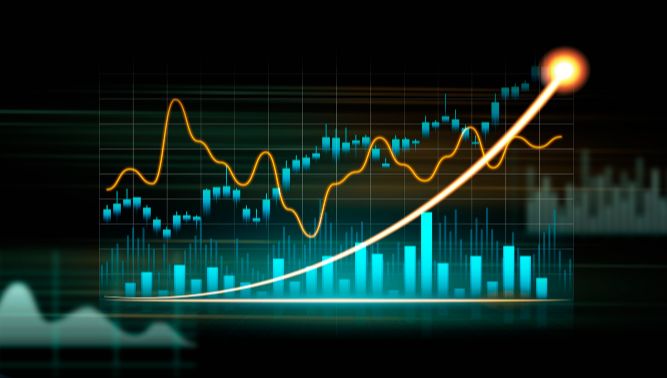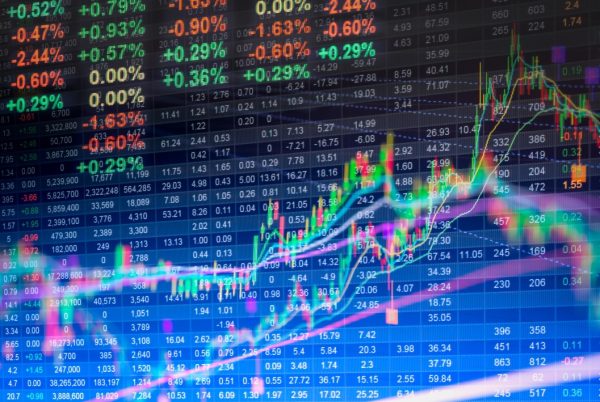Arthur Weise, CFA, CIO, Kingsland Investments
August 1, 2022
A rapid increase in both the 10-year Treasury bond yield and the Federal Reserve (Fed) discount rate since the beginning of the year in response to the highest rates of inflation we have seen in 40 years prompted one of the worst market selloffs on record, significantly intensifying this past quarter. The S&P 500 Index (S&P 500) declined 16.11 in the second quarter to finish in bear market territory, down 20.6% year-to-date. This decline matches the worst drop in the first six months of a year since 1970. Fear, uncertainty and doubt have taken over the market. This decline has impacted just about every sector, except for energy which remains up almost 30% year-to-date. The most severe corrections reside in technology, communication services and consumer discretion, areas that generally both benefited from the expansion of the digital economy during COVID-19 and are now facing significant skepticism regarding their future growth prospects.
We believe the severity and swiftness of the moves in 2022 can be largely attributable to the makeup of investors today, which is very different from even ten years ago. Today, the largest market participants are quantitatively-based hedge funds that buy and sell hundreds of stocks that fit certain factors including price momentum, sector, geography, book value, dividend yield and growth rates. These strategies are the opposite of stock picking strategies that select the best stocks that fit a portfolio manager’s precise criteria. The “quants” as they are called, determine the short-term movements of the market rapidly, overwhelming other factors that we consider such as business opportunity, profitability, management quality and competitive dynamics. The result has been a broad-based selloff of both speculative stocks for which there are few prospects for recovery, what we believe are some fantastic businesses that may likely prove themselves in the quarters ahead.
We have spent a considerable amount of time studying the development of leading companies and believe that most notable is their ability to rebound faster than the overall market as they take share from others and recover their robust growth rates before the averages. Kingsland Investments focuses on powerful long-term trends and the businesses and management that drive them to help discover new market leaders. We believe this effort creates the greatest return potential during market selloffs like the one we are experiencing now. We’ve stepped up our hunt for next-generation growth leaders and although it has been a rough couple of months, we think patience will be well-rewarded when the next bull market begins.
There is some good news through this difficult time. Inflation rates are expected to moderate as demand wanes after the Fed increased rates and the global economy stabilizes in terms of both supply chain stresses and commodity changes. According to William O’Neill’s How to Make Money in Stocks, stocks generally have put in a definitive bottom after they stop making new lows for 13 weeks (the time between two consecutive earnings periods). At the end of July, growth stocks as a group stopped making new lows ten weeks ago and began to show signs of recovery through the last few weeks. While we don’t try to time the market, we believe that after such a significant discounting of growth, better returns (possibly much better) are ahead in the coming months and quarters.
1Including dividends
The views expressed are those of Kingsland Investments, a boutique manager on the Spouting Rock Asset Management platform, as of August 1, 2022, and are not intended as investment advice or recommendation. For informational purposes only. Investments are subject to market risk, including the loss of principal. Past performance does not guarantee future results. There can be no assurances that any of the trends described will continue or will not reverse. Past events and trends do not imply, predict or guarantee, and are not necessarily indicative of future events or results. Investors cannot invest directly in an index.





